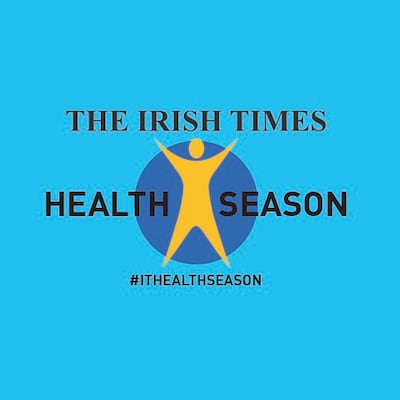
There is a moment of absolute shock when you see an apparently healthy ball player collapse suddenly on a playing field. But this is exactly what faced viewers of a recent Monday Night American Football game between the Buffalo Bills and Cincinnati Bengals, when 24-year-old Damar Hamlin suffered cardiac arrest after what seemed like a routine tackle. As the moments before he collapsed were replayed, you could see that the tackle included a direct blow to the player’s chest.
Could this have thrown Hamlin’s heart-pumping mechanism out of rhythm, disrupting blood flow to his brain and causing his on-field collapse?
It subsequently transpired – thankfully after the player emerged from a medically induced coma – that he had been the victim of commotio cordis. Latin for “agitation of the heart”, this is a rare heart condition where the impulse from a direct blow to the chest disrupts the normal heart rhythm and the resulting abnormal electrical activity leads to sudden cardiac arrest.
Is cardiac arrest the same thing as a heart attack?
READ MORE
No. Cardiac arrest is triggered by an electrical disturbance in the heart causing an irregular heartbeat. A heart attack is a circulation problem and occurs when blood flow to the heart is disrupted due to a blockage in an artery. This can damage the heart muscle but the heart usually doesn’t stop beating.
[ Dr Muiris Houston: How climate change is hurting our health in IrelandOpens in new window ]
[ Dr Muiris Houston: Is laughter the best medicine?Opens in new window ]
Commotio cordis is rare. It’s most commonly seen among athletes aged between eight and 18 who play contact sports like football or martial arts. It can also happen in sports that involve blunt objects like hockey pucks.
While rare, commotio cordis is the second leading cause of sudden cardiac death among athletes. If it occurs, cardiopulmonary resuscitation (CPR), including the use of a defibrillator, is needed to restore the heartbeat as soon as possible.
The timing of the blow to the chest during a heartbeat cycle influences whether commotio cordis occurs or not. During each heartbeat, there is a brief period of time in which the heart’s electrical system is more vulnerable. A sudden impact at this moment can increase the likelihood of a dangerous heart rhythm, like ventricular fibrillation, occurring.
Another rare heart condition that you may not have heard of is spontaneous coronary artery dissection (SCAD). This causes a heart attack rather than cardiac arrest – even though there is no pre-existing blockage of the coronary arteries.
SCAD is an increasingly recognised cause of acute heart attack and sudden cardiac death in people without the classic cardiac risk factors of being overweight, having a sedentary lifestyle, an elevated cholesterol and being a smoker. Unlike acute myocardial infarction due to atherosclerosis, SCAD is non-atherosclerotic and occurs when a coronary vessel develops a tear – resulting in coronary artery obstruction. This arterial obstruction causes a heart attack. It is a relatively rare condition that predominantly affects younger women.
Because initial symptoms and test results mimic a conventional heart attack, SCAD has only been identified and studied in recent times. It is poorly understood.
The findings of an Australian qualitative study of survivors of SCAD, published recently in the journal PLOS One, found that patients feel afraid and unsupported by health professionals who themselves are on a steep learning curve for SCAD.
Adding to the uncertainty is a lack of evidence for the benefit or harm of physical activity after the event. As physical exertion is a documented trigger for SCAD, there is uncertainty about the appropriateness of ongoing physical activity. This leaves many previously active SCAD survivors confused about returning to regular exercise.
SCAD has a high recurrence rate. Major adverse cardiac events occur in 10-30 per cent of SCAD survivors within two to three years, reaching 50 per cent at 10 years. That’s quite a sword of Damocles to have hanging over you.
Of course we cannot prevent every illness, but the random striking down of young people will always jolt us.














